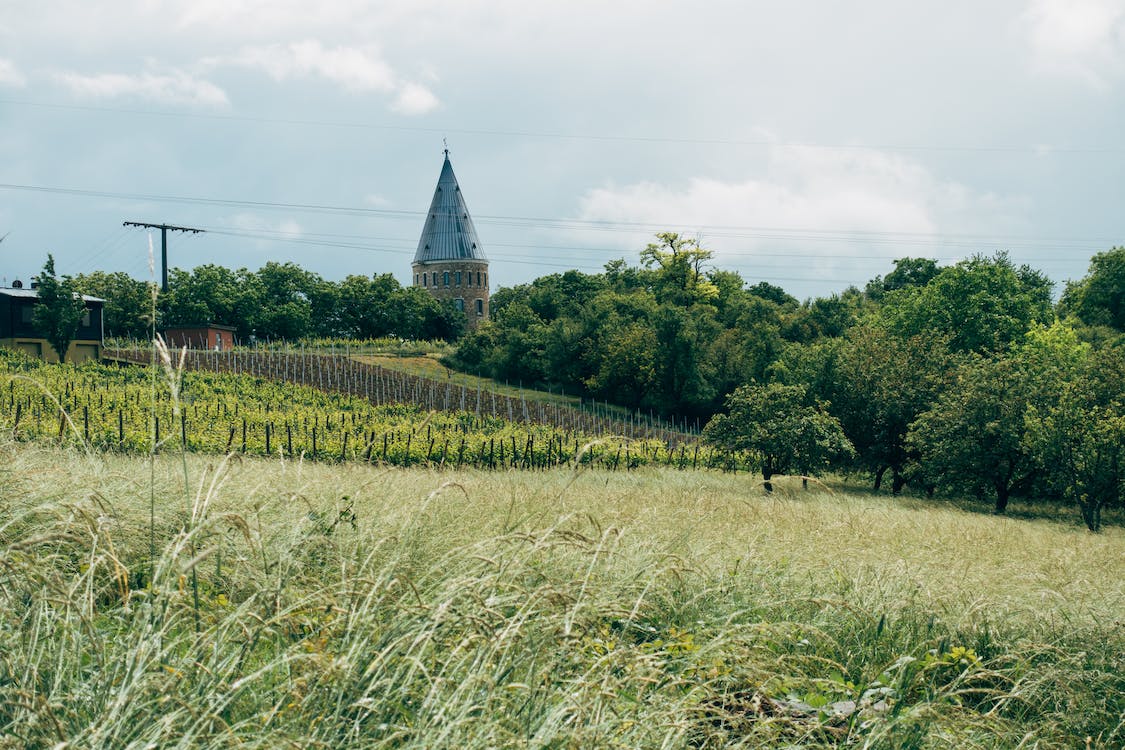Temperate Food Forest
An Introduction to food forests in a temperate climate
A temperate food forest is an agricultural system that mimics the structure and functions of natural temperate forests to produce a diverse array of food crops. This method of farming is based on the principles of agroforestry and permaculture, which aim to create sustainable and self-sufficient ecosystems that provide food, fuel, and other resources for humans.
The concept of temperate food forests originated in the temperate regions of the world, including Europe, North America, and Asia, where the climate is characterized by cool to warm temperatures, moderate rainfall, and distinct seasons. These conditions make it possible to grow a wide variety of food crops, including fruits, nuts, vegetables, and livestock feed.
Plants in a Temperate Food Forest
A temperate food forest typically contains a diverse mixture of trees, shrubs, herbs, and ground covers that are chosen for their edibility, nutritional value, and other useful properties. Some common plant species used in temperate food forests include:

Trees:
- Apple
- Peach
- Cherry
- Pear
- Walnut
- Chestnut
- Hazelnut
- Oak
Shrubs:
- Berry bushes (e.g. blueberries, raspberries, blackberries)
- Currant
- Gooseberry
Herbs:
- Chives
- Mint
- Sage
- Thyme
Ground Covers:
- Clovers
- Violets
In addition to these food-producing plants, temperate food forests may also include companion plants that provide additional benefits, such as nitrogen fixing, insect-repelling, or soil-improving properties.
Farming a Temperate Food Forest
Farming a temperate food forest requires a different approach than traditional agriculture. Instead of tilling the soil, clearing the land, and planting rows of crops, food forests are designed to be more self-sufficient, with the plants working together to create a balanced ecosystem.
Here are some key steps in establishing a temperate food forest:
- Site selection: Choose a site that has good soil, adequate water, and appropriate sunlight for the plants you want to grow.
- Design: Plan the layout of the food forest, including the placement of different plant species and the arrangement of companion plants.
- Establishment: Start by planting the tallest trees first, followed by shrubs, then herbs and ground covers. Choose a mix of plants that will provide food throughout the year.
- Maintenance: Once the food forest is established, regular maintenance is necessary to keep it healthy and productive. This may include pruning, weeding, mulching, and controlling pests and diseases.
- Harvesting: As the food forest matures, it will start to produce an abundance of food, including fruits, nuts, vegetables, and livestock feed. Harvest crops regularly to keep the plants healthy and prevent overproduction.
In conclusion, the temperate food forest is a sustainable and self-sufficient method of food production that mimics the structure and functions of natural temperate forests. By growing a diverse array of food-producing plants and creating a balanced ecosystem, temperate food forests can provide an abundance of nutritious food while preserving the environment.
Let’s talk about your project!
Our development team will be happy to get designing with you.
We asses your land, the future potential of perennial crops, etc.
Just contact us and we will see, if we can help.

More resources
Contact Us
ESSWALD
Supai-Ventures S.R.L.
Santa Maria del Cami
07320 Mallorca
Islas Baleares, SPAIN
(+34) 625 239 394
hello@esswald.com
